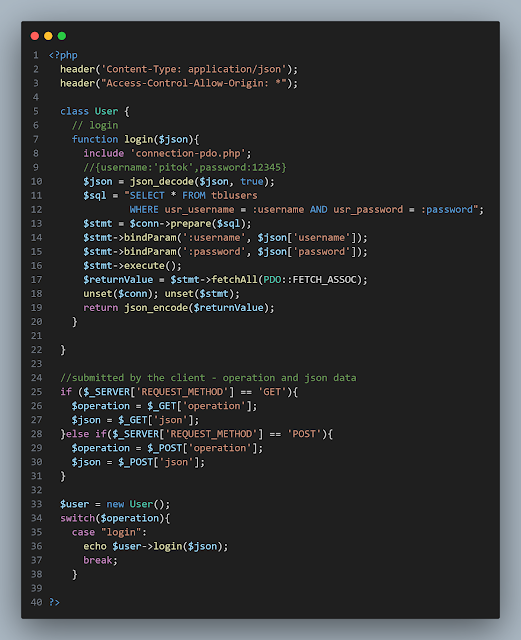In the mid-19th century, the world witnessed the birth of the first programming language, thanks to the pioneering work of Ada Lovelace. Ada, an English mathematician and writer, is often celebrated as the world's first computer programmer. Her collaboration with Charles Babbage, who designed the Analytical Engine, laid the foundation for modern computing. In 1843, Ada translated an article by Italian mathematician Luigi Menabrea about Babbage's machine and supplemented it with her own extensive notes. These notes included what is now recognized as the first algorithm intended to be processed by a machine, making Ada's work the earliest example of a programming language.
Ada Lovelace's contributions were groundbreaking because she envisioned the potential of computers beyond mere calculation. She understood that the Analytical Engine could be programmed to perform a variety of tasks, a concept that was revolutionary at the time. Her algorithm for computing Bernoulli numbers demonstrated the machine's capability to execute complex instructions, a fundamental principle of programming. Ada's foresight and innovative thinking earned her a lasting legacy in the history of computer science.
Following Ada's pioneering work, the development of programming languages continued to evolve. In the 1940s, Konrad Zuse, a German engineer, created Plankalkül, the first high-level programming language. Although it was not implemented during his time, Plankalkül introduced many concepts that are still relevant today, such as data structures and procedures. Zuse's work laid the groundwork for future programming languages, bridging the gap between Ada Lovelace's theoretical algorithms and practical, executable code.
The 1950s marked a significant era in the evolution of programming languages with the creation of FORTRAN (FORmula TRANslation) by IBM. Developed by a team led by John Backus, FORTRAN was the first high-level language to gain widespread adoption. It was designed for scientific and engineering calculations, making programming more accessible to scientists and engineers. FORTRAN's success demonstrated the practicality and efficiency of high-level programming languages, paving the way for the development of other languages like COBOL and ALGOL.
Today, the legacy of Ada Lovelace and the early pioneers of programming languages continues to influence modern computing. The principles they established have evolved into a diverse array of programming languages used for various applications, from web development to artificial intelligence. Ada's vision of a programmable machine has become a reality, with programming languages serving as the backbone of the digital age. As we continue to innovate and develop new technologies, the foundational work of these early pioneers remains a testament to the power of human ingenuity and creativity.
The Dawn of Programming: Ada Lovelace and the First Programming Language
Subscribe to:
Comments (Atom)
AI PILIPINO MUSIC
The YouTube channel AI PILIPINO MUSIC presents itself as a niche platform offering content that seems to span a unique blend of creativit...

-
Code used in the video discussion: Back end code - API (PHP) Text Version Front end Flutter code: TEXT VERSION
-
There are two ways how to host our images: 1 - Image hosting websites - get the url for the image then use it as the src for the img ta...



